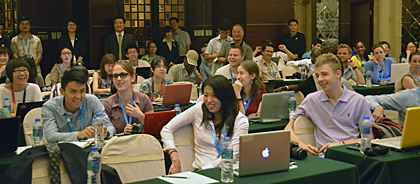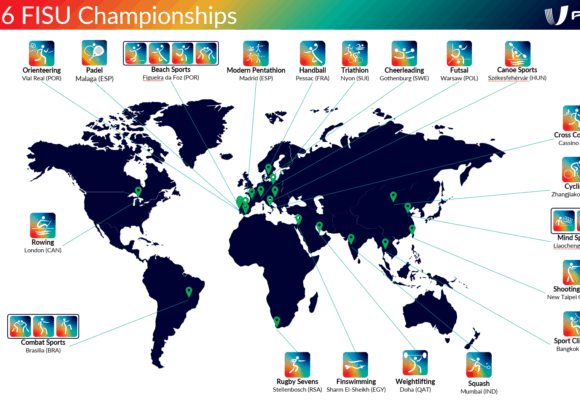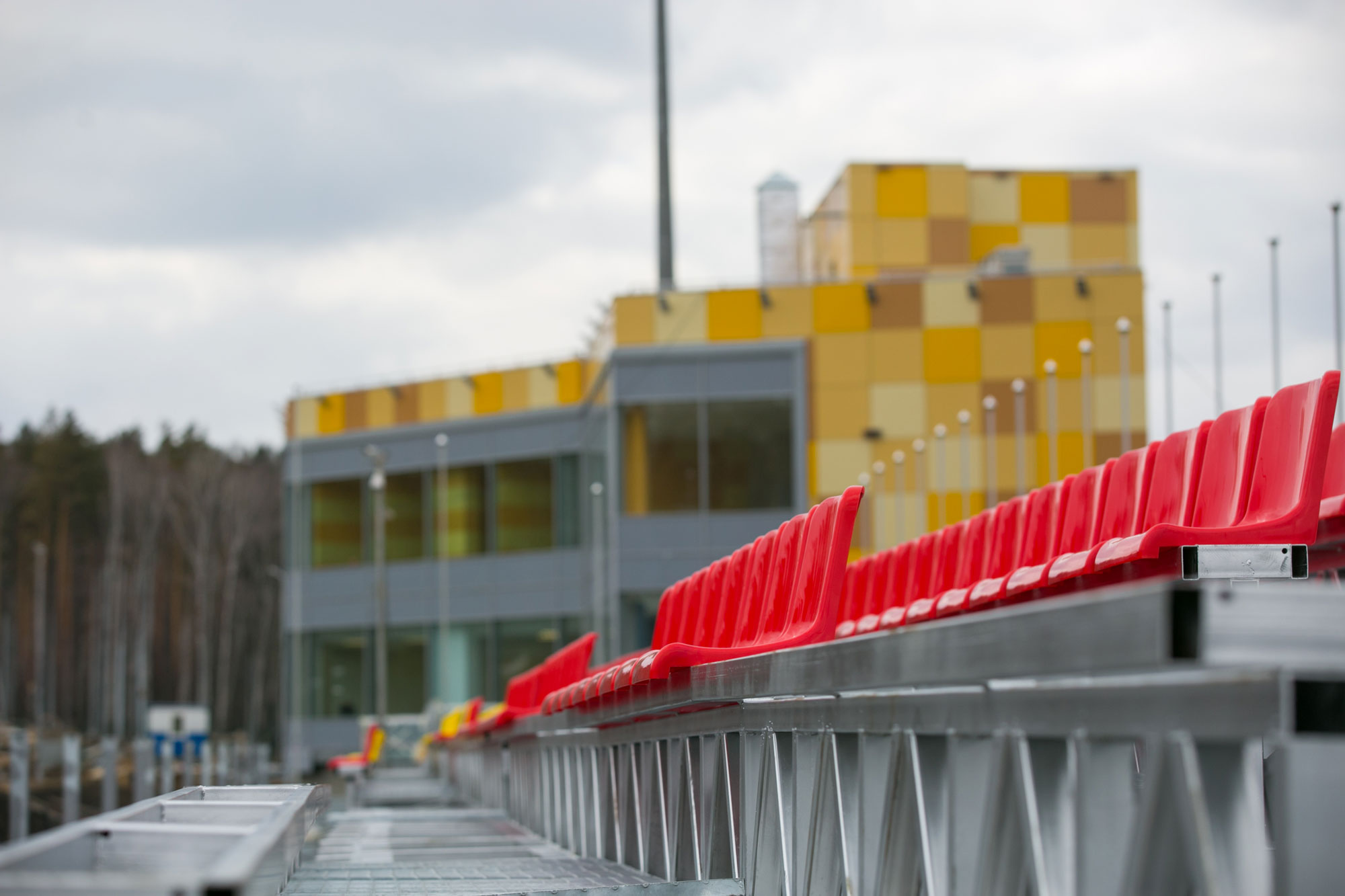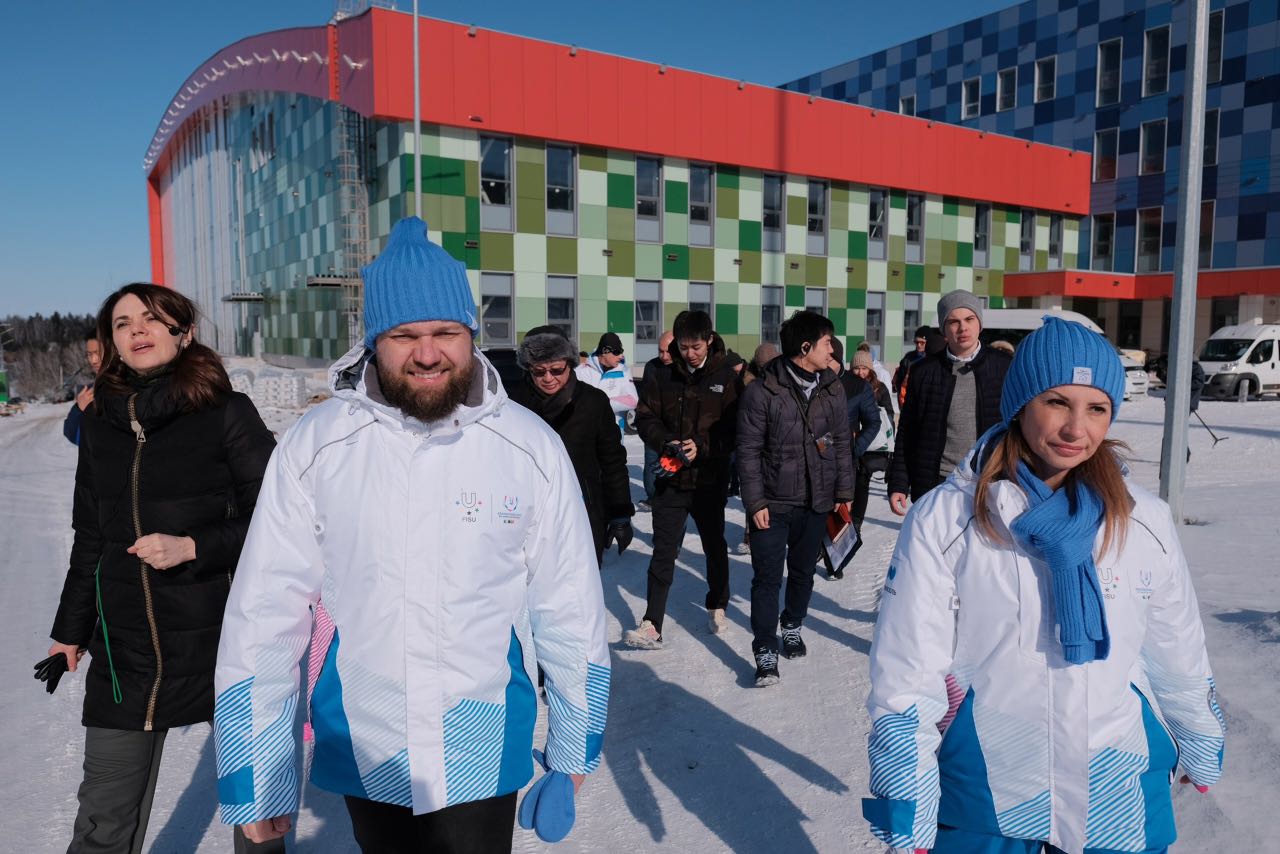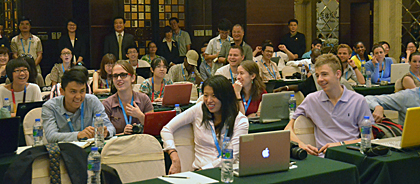 The Young Reporters in session
The Young Reporters in session
SHENZHEN – A simple fact of the ever-changing world of journalism is that a newspaper is no longer just a newspaper, a television station is no longer just a television station and a radio broadcaster is no longer just a radio broadcaster.
This creates a problem for Anthony Edgar.
According to Edgar, the director of the Olympic Games media operations for the International Olympic Committee (IOC), with the technological convergence currently going on in media, protecting the position of the rights holding broadcasters at an Olympic Games has become more important than ever.
“The [written] press are wanting to use video as part of their repertoire and the rights holders are wanting to use the internet and text as part of theirs,” Edgar told the FISU-AIPS Young Journalists this morning. “In the past, that didn’t happen.”
Only broadcasting companies who have purchased rights are allowed to broadcast video from within venues at the Olympic Games, meaning that print journalists, who frequently incorporate video into their reports in their home countries, or television stations who are not rights holders are unable to do so.
While the fact that video equipment is becoming smaller and smaller, to the point where there are digital SLR cameras capable of broadcast high definition video would seem to make enforcing this rule difficult, according to Edgar, there are still few who broadcast illegally.
The punishment when caught is deterrent enough.
“I know that all the photographers could be broadcasting live, but I also know that if they are, they’d never be back again,” said Edgar. “It really is a self-policing process at the moment… If you do it, you’ll be found out, I’ll know within a couple of minutes if someone broadcast on television that should not be.”
While those restrictions may seem harsh, according to Edgar, there are other sports organizations that are being even more restrictive to media.
“There are a number of sporting organizations who have started to think that their job is to run the media and tell them what they can and can’t report on,” he said. “This is not a principle of the IOC… We strongly protect the rights of the broadcaster, but that does not mean impinging on the rights of the free press.”
Edgar also discussed the method for assigning accreditation to media outlets around the world.
 Young Reporter Dominick interviews Mr. Edgar
Young Reporter Dominick interviews Mr. Edgar
Factors such as a country’s success at previous Games, the size of their delegation and the number of national media outlets in a nation are all used by to IOC to determine who gets accreditation.
While this process used to be secretive, it is now an open practice and members of the media, such as AIPS president Gianni Merlo have input into who gets accreditation and who doesn’t.
“Before, the quotas were secret. It was in the hands of one man,” said Merlo. “Now there is a commission that discusses the procedure, we are looking at all the dictations and it is very transparent.”
The rapidly evolving media practices have made broadcasters rights even more important however, they will also have a massive effect on the way the Games are covered.
Edgar said that inLondon, for the first time every seat in every press tribune will have cabled internet, while photographers will be able to file photos right from field level, giving every journalist the opportunity to cover the Games live.
(Source: Justin Fauteux, FISU-AIPS Young Reporter/Canada – Photos: C. Pierre/FISU)
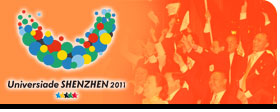
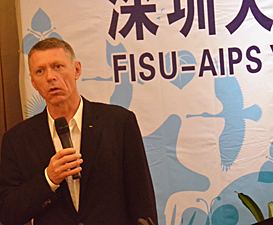 Mr. Edgar explains IOC Media Operations to the 60 FISU-AIPS Young Reporters
Mr. Edgar explains IOC Media Operations to the 60 FISU-AIPS Young Reporters
